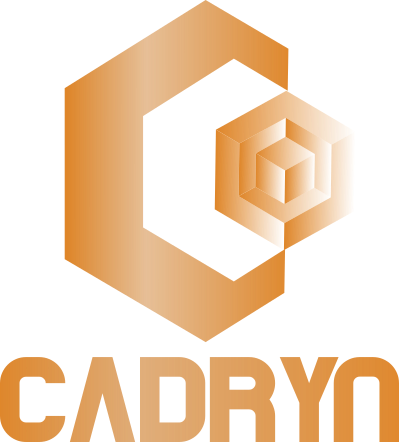Rapid Prototyping is the automatic construction of physical objects using additive manufacturing technology. With its advent in late 1980s and current capabilities in producing production quality parts within quick time, the technology is a testimonial in itself. Also a mentor for rapid manufacturing, it has definitely taken product development a whole notch higher. Based on commercially successful processes with stereolithography, selective laser sintering and fused deposition modelling, a good machine takes in the CAD data and with little help produces the physical component.
Most of the prototypes are generally good enough for product analysis and validation tests. Desktop 3D printing based on SLA is quite fast and easy to do but the prototypes are more on brittle side, suited as concept modeler. Whereas actual SLA prototypes are strong enough to be machined and be used as master patterns for injection molding, thermoforming, blow molding and also in metal casting processes with dimensions upto 20” x 20” x 24”. SLS can produce parts from a relatively wide range of commercially available powder materials, polymers, metals (steel, titanium, alloys, composites) and green sand. FDM uses production-grade thermoplastics such as ABS, ABSi, polyphenylsulfone (PPSF) and polycarbonate (PC) including PC-ABS. Because of the material properties, FDM parts typically withstand functional testing and have high heat resistance. With laminated object manufacturing dimensional accuracy is less than that of stereolithography and selective laser sintering but no milling step is necessary and also relatively large parts may be made. Electron beam melting is for metal parts. Comparatively to SLS and DMLS, EBM has a generally superior build rate because of its higher energy density and scanning method. Parts with minimum layer thickness of 0.05 mm with tolerance capability +/- 0.4 mm can be set up. Because of wide use of titanium with EBM, it’s very popular in medical technologies and also aerospace.
Through combination of prototyping techniques, a lot more is generally achieved as in silicon molding wherein a prototyped part is used for creating silicon molds. These molds are good enough for 20-50 casts with plastics and metals and offer a good solution for creating multiple product copies saving an investment otherwise on injection molding.


2 thoughts on “Rapid Prototyping”
great post!
thx